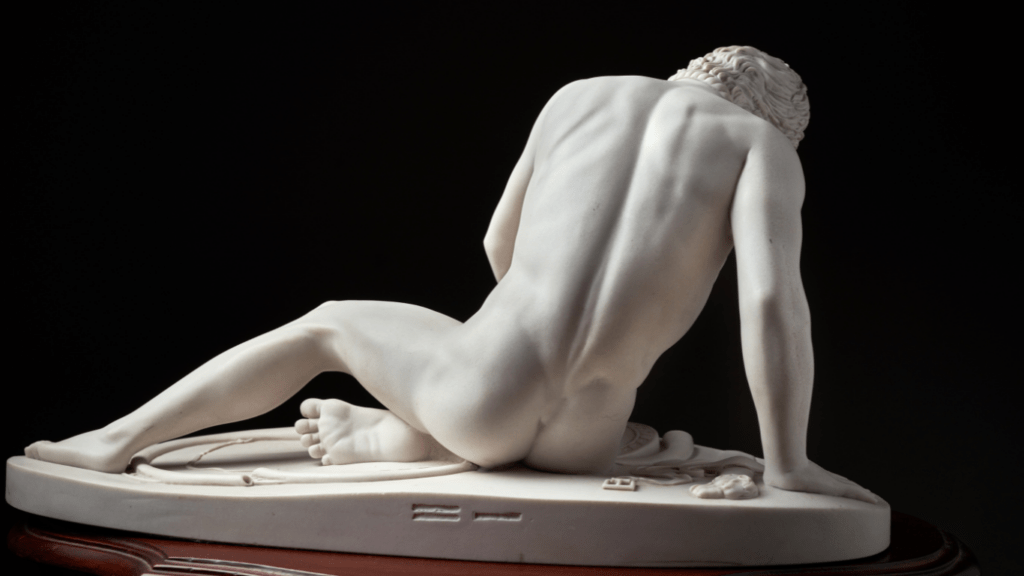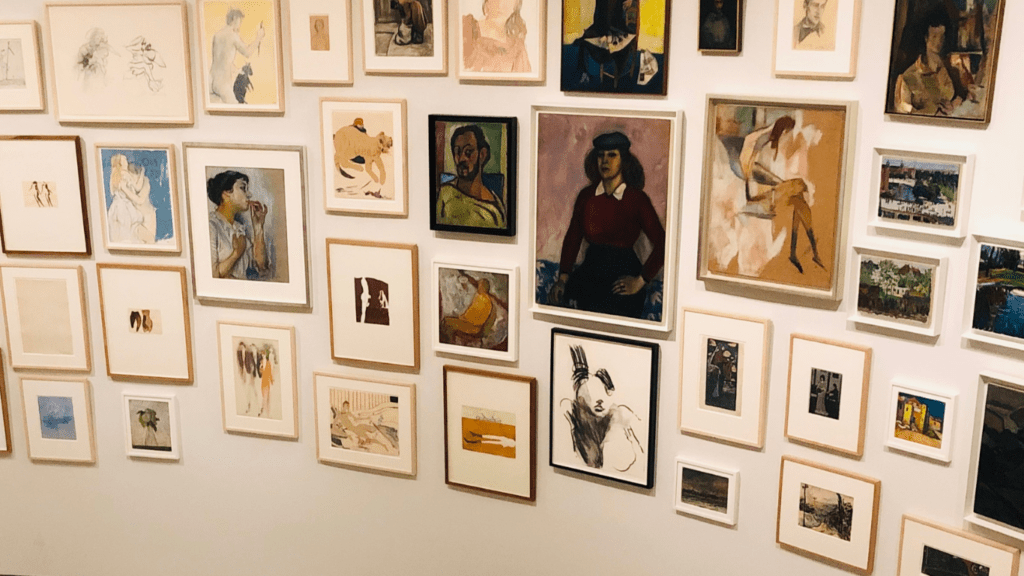The Importance of Public Art Installations
Public art installations play a vital role in shaping the cultural and social fabric of urban spaces. These installations foster a sense of community by creating shared experiences and gathering points. When people interact with art in public places, barriers break down, encouraging social interaction and dialogue. A mural in a park can become a meeting spot, a sculpture can spark conversations among passersby, and interactive installations can engage people of all ages.
These artistic elements also contribute to the aesthetic enhancement of cities. Unadorned walls and vacant lots transform into visual spectacles, making urban landscapes more attractive. High-traffic areas like main streets and plazas benefit from the infusion of color, creativity, and design. This beautification supports local tourism, drawing visitors to distinctive and photogenic locations.
Beyond aesthetics, public art installations have economic benefits. By attracting tourists, these installations support local businesses such as cafes, shops, and galleries. Increased foot traffic in art-rich areas boosts sales for surrounding enterprises, creating a vibrant local economy. According to the National Endowment for the Arts, cultural tourism contributes significantly to urban economic development, with visitors spending an average of $31.47 on local businesses per trip.
Public art installations also highlight cultural diversity. Celebrating different heritages and histories through art fosters inclusivity and understanding. Monuments and murals depicting local heroes or historical events ensure that diverse narratives are represented and preserved. These installations act as educational tools, informing the public about important cultural and historical contexts.
Public spaces imbued with art installations create a safer environment. Well-maintained, artful spaces deter vandalism and neglect. Research from the University of Pennsylvania indicates that communities with vibrant public art experiences report lower crime rates, as the positive use of space encourages vigilance and community stewardship.
Incorporating public art into urban development plans is a strategic move. Cities investing in public art demonstrate a commitment to cultural enrichment and community well-being. This investment enhances the city’s identity, making it a more desirable place to live and work. Through public art, urban spaces are not only beautified but also imbued with meaning, transforming ordinary surroundings into inspiring environments.
Historical Context of Urban Art Installations
Public art installations aren’t a modern invention. These installations have a rich history that dates back centuries and shows how art has long been used to transform urban spaces.
Early Examples
The ancient Romans often incorporated public art into their cities. They adorned their public forums with statues, arches, and frescoes, turning them into open-air galleries. These early interventions not only beautified public spaces but also communicated political and cultural messages. For instance, Trajan’s Column in Rome, completed in AD 113, is an enduring example of how art installations can commemorate significant events.
Evolution Through Decades
Urban art installations evolved significantly over the decades. During the Renaissance, cities like Florence and Venice saw an explosion of public art, from grand sculptures like Michelangelo’s David to the intricate facades of public buildings. In the 20th century, the advent of movements like Modernism and Abstract Expressionism led to more experimental public art forms. Influential examples include Picasso’s Chicago Sculpture installed in 1967 and Richard Serra’s large-scale steel sculptures. These modern pieces often sparked public debate, highlighting how art installations can engage communities in discussions about aesthetics and space usage.
This lineage demonstrates how urban art installations have continuously adapted to cultural and societal changes, maintaining their relevance through centuries.
Types of Public Art Installations

Public art installations take various forms, each uniquely transforming urban spaces and engaging communities.
Sculptures
Sculptures are three-dimensional artworks placed in public spaces. Made from materials like:
- metal
- stone
- wood
they vary in size and shape. Iconic examples include the Chicago Picasso and Cloud Gate, which attract visitors and enhance the city’s cultural landscape. These pieces often serve as landmarks, offering residents and tourists focal points for interaction and reflection.
Murals
Murals are large paintings or artworks created directly on walls or surfaces. Found on building facades and pedestrian pathways, they often depict cultural, historical, or social themes. Examples like Diego Rivera’s Detroit Industry Murals highlight local heritage and social issues. Murals can transform blank walls into vibrant canvases, adding color and life to urban environments.
Interactive Installations
Interactive installations invite public participation, making art more accessible and engaging. These installations often incorporate technology, sound, and movement. Examples include musical swings where users generate sound by swinging or digital walls that respond to touch. Interaction fosters a dynamic relationship between the artwork and the public, creating memorable experiences and encouraging repeat visits.
Impact on Urban Spaces
Public art installations significantly affect urban spaces. They enhance aesthetics, engage communities, and boost local economies.
Aesthetic Enhancement
Public art installations elevate the visual appeal of urban environments. Sculptures like the Chicago Picasso and murals such as Diego Rivera’s Detroit Industry Murals add cultural depth to city landscapes. Interactive installations, combining technology and art, create dynamic visual experiences, making urban areas more vibrant and attractive for residents and visitors.
Community Engagement
Public art fosters community engagement. Interactive installations invite public participation, turning spectators into active contributors. Murals often reflect local stories and histories, promoting a sense of identity and pride among residents. Public discussions and workshops associated with art projects encourage communal interaction and collaboration, strengthening social bonds.
Economic Benefits
Public art installations contribute to local economies. Art projects draw tourists, increasing foot traffic to surrounding businesses and boosting local commerce. Cities investing in public art observe rising property values, as aesthetically enhanced neighborhoods become more desirable. Grants and funding for public art initiatives also generate employment opportunities for artists and support staff, stimulating economic growth.
Notable Public Art Installations Around the World
Public art installations across the globe transform urban landscapes, reflecting cultural, historical, and artistic values. Let’s explore remarkable pieces from different continents.
North America
- Chicago’s “Cloud Gate” by Anish Kapoor, affectionately known as “The Bean,” is a must-see. This reflective sculpture in Millennium Park draws millions of visitors annually and frames the city skyline beautifully.
- New York City’s “Charging Bull,” created by Arturo Di Modica, symbolizes financial optimism and strength. Located in the Financial District, this bronze sculpture became an iconic representation of Wall Street.
- In Mexico City, “The Angel of Independence” (El Ángel) stands as a symbol of freedom. Designed by Antonio Rivas Mercado, this golden statue commemorates Mexico’s War of Independence.
Europe
- Paris boasts of “Niki de Saint Phalle’s Tarot Garden,” a unique sculpture park filled with colorful, larger-than-life figures. Each piece reflects tarot card imagery and draws art lovers from around the world.
- Berlin’s “East Side Gallery” is a significant public art installation of over 100 paintings on segments of the Berlin Wall. Artists from various countries contributed to this open-air gallery, symbolizing freedom and unity.
- In London, “The Fourth Plinth” in Trafalgar Square showcases temporary works by contemporary artists. This rotating exhibition continually refreshes the space, challenging and engaging public perception of art.
Asia
- Beijing’s “798 Art Zone” is a former industrial complex transformed into a thriving cultural district. Hosting numerous galleries, studios, and installations, it represents modern Chinese art and innovation.
- Tokyo’s “Maman” by Louise Bourgeois stands tall at Roppongi Hills. This giant spider sculpture fascinates viewers with both its detail and scale, making it a prime example of public art’s power to captivate.
- In India, “The Dancing Girl” installation in Bangalore adds vibrancy to the Yeshwanthpur flyover. Combining traditional and modern design, it reflects India’s rich cultural heritage and urban evolution.
Challenges and Considerations
Public art installations face various challenges and considerations. These factors significantly impact how these installations are implemented and sustained in urban landscapes.
Maintenance and Preservation
Maintaining public art installations involves regular inspections and repairs. Environmental factors like weather and pollution affect materials such as metal, stone, and paint. For instance, sculptures in coastal locations suffer from salt corrosion. Ensuring longevity requires collaboration between artists, conservators, and city authorities. Vandalism is another concern; graffiti and physical damage demand immediate attention to prevent further deterioration.
Funding and Sponsorship
Securing funding for public art projects is complex. Public art installations rely on diverse funding sources like government grants, private donations, and corporate sponsorships. Budget constraints often limit the scope and quality of the projects. For example, New York City’s “Percent for Art” program allocates 1% of construction costs for public art, but additional sponsorships amplify the project’s scale and intricacy. Art initiatives benefit from strong community support to attract sponsors and justify public expenditure.
Public Reception and Controversy
Public reception varies widely and can lead to controversy. Some installations spark debates about artistic value, cultural sensitivity, and local relevance. For example, Chicago’s “Cloud Gate” faced initial criticism for its cost and design but is now a city icon. Proactive community engagement helps mitigate negative reactions. Artists and planners should consider the cultural context and public sentiment during the design phase to foster acceptance and pride among locals.
The Future of Public Art Installations
Public art installations are evolving with technological advancements and changing societal values, making them more interactive, inclusive, and sustainable.
Technological Integration
New technologies like augmented reality (AR) and virtual reality (VR) are transforming traditional art installations. Artists are using AR to create pieces that interact with viewers’ mobile devices, enhancing the physical artwork with digital elements. VR offers immersive experiences, allowing people to explore virtual installations regardless of physical location.
Sustainability and Eco-Friendly Materials
Environmental concerns are driving artists to use sustainable, recycled, and eco-friendly materials. Solar-powered installations and pieces that incorporate living plants are gaining popularity. These efforts not only reduce environmental impact but also educate the public about sustainability.
Community Engagement
Future public art will be increasingly community-focused. Artists are collaborating with local communities to ensure that installations reflect local history, culture, and values. Projects that involve community participation in the design or execution stage foster a sense of ownership and pride.
Accessibility
Inclusive design is becoming a pivotal aspect of public art. Artists are prioritizing installations that are accessible to people with disabilities. This includes tactile pieces for the visually impaired and audio installations for those with hearing impairments.
Funding Models
Funding for public art is diversifying. Crowdfunding and private-public partnerships are supplementing traditional government grants. These models enable broader public participation in funding decisions and bring in diverse perspectives, leading to more innovative and relevant art projects.
Digital Platforms
Digital platforms are extending the reach of public art. Social media, online galleries, and virtual tours allow global audiences to engage with installations. Artists can reach a wider audience, and cities can promote their cultural assets more effectively.
Conclusion
Public art installations are not only shaping urban spaces but are also reflecting technological, environmental, and social trends. The future of public art promises to be even more dynamic and inclusive, leveraging new technologies and materials to engage communities and foster sustainable urban transformation.





